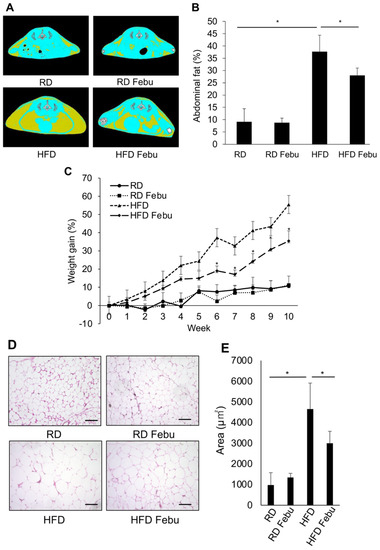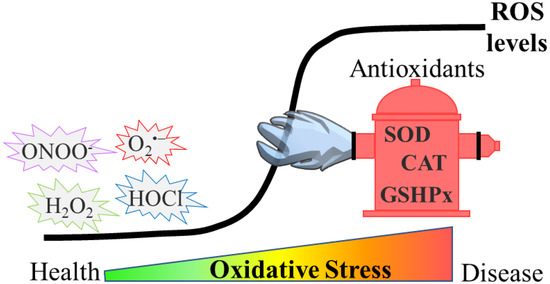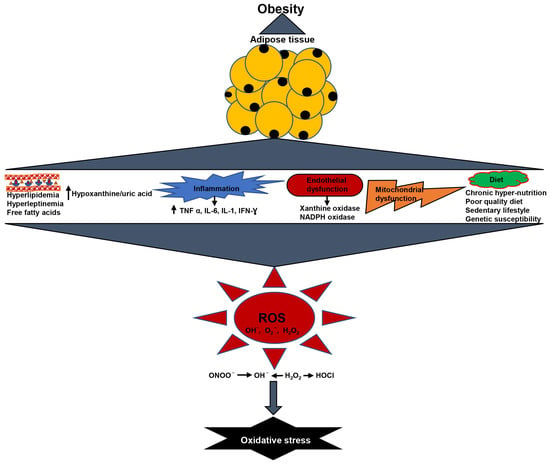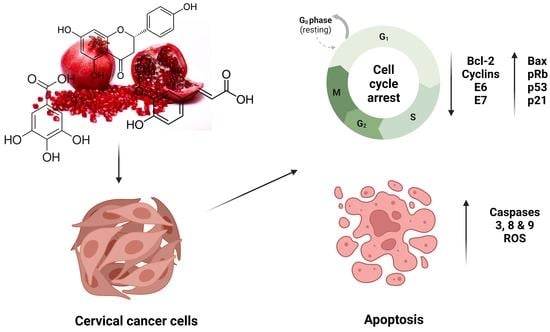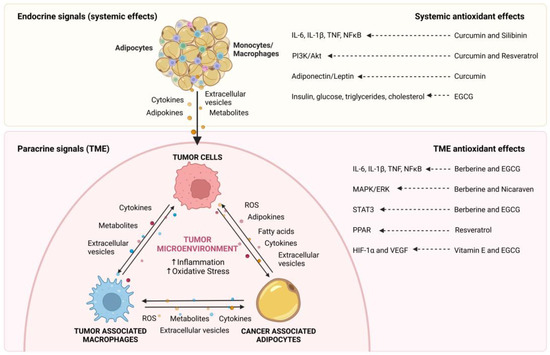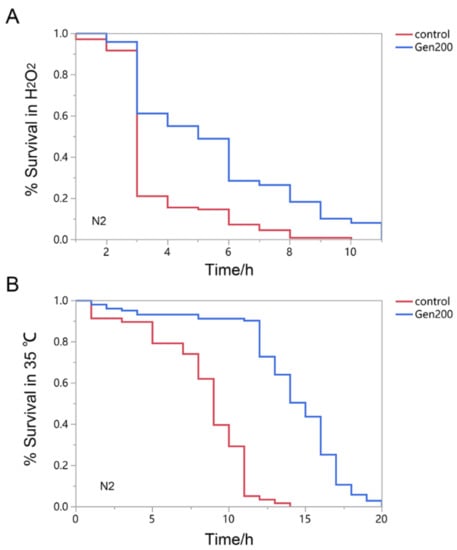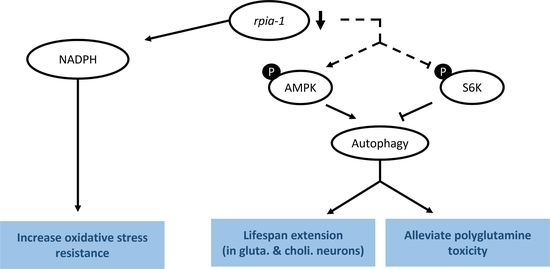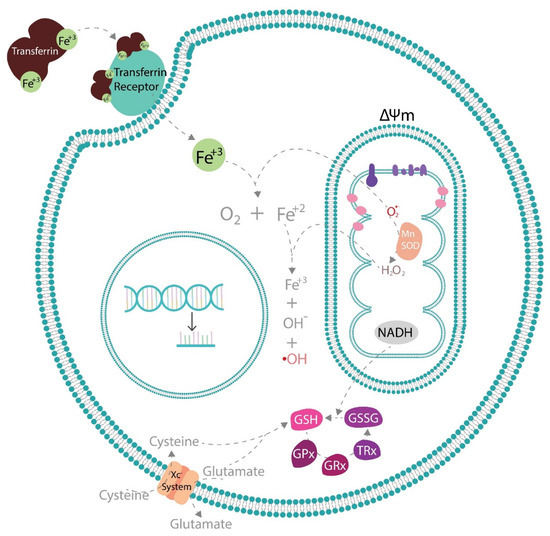1
Grupo de Investigación en Acuicultura (GIA), Research Institute in Sustainable Aquaculture and Marine Conservation (IU-ECOAQUA), Universidad de Las Palmas de Gran Canaria, 35214 Telde, Spain
2
Institute of Aquaculture, Faculty of Natural Sciences, University of Stirling, Stirling FK9 4LA, Scotland, UK
3
INRAE, University of Pau and Pays de l’Adour, NUMEA, 64310 Saint-Pée-sur-Nivelle, France
Antioxidants 2023, 12(1), 136; https://doi.org/10.3390/antiox12010136 - 6 Jan 2023
Cited by 12 | Viewed by 3765
Abstract
This study investigated the influence of dietary astaxanthin (AX) on glucose and lipid metabolism in rainbow trout liver. Two iso-nitrogenous and iso-lipidic diets were tested for 12 weeks in rainbow trout with an initial mean weight of 309 g. The S-ASTA diet was
[...] Read more.
This study investigated the influence of dietary astaxanthin (AX) on glucose and lipid metabolism in rainbow trout liver. Two iso-nitrogenous and iso-lipidic diets were tested for 12 weeks in rainbow trout with an initial mean weight of 309 g. The S-ASTA diet was supplemented with 100 mg of synthetic AX per kg of feed, whereas the control diet (CTRL) had no AX. Fish fed the S-ASTA diet displayed lower neutral and higher polar lipids in the liver, associated with smaller hepatocytes and lower cytoplasm vacuolization. Dietary AX upregulated adipose triglyceride lipase (atgl), hormone-sensitive lipase (hsl2) and 1,2-diacylglycerol choline phosphotransferase (chpt), and downregulated diacylglycerol acyltransferase (dgat2), suggesting the AX’s role in triacylglycerol (TAG) turnover and phospholipid (PL) synthesis. Dietary AX may also affect beta-oxidation with the upregulation of carnitine palmitoyltransferase 1 (cpt1α2). Although hepatic cholesterol levels were not affected, dietary AX increased gene expression of sterol regulatory element-binding protein 2 (srebp2). Dietary AX upregulated the expression of 6-phosphogluconate dehydrogenase (6pgdh) and downregulated pyruvate kinase (pkl). Overall, results suggest that dietary AX modulates the oxidative phase of the pentose phosphate pathway and the last step of glycolysis, affecting TAG turnover, β-oxidation, PL and cholesterol synthesis in rainbow trout liver.
Full article
(This article belongs to the Special Issue Antioxidants Benefits in Aquaculture)
▼
Show Figures




